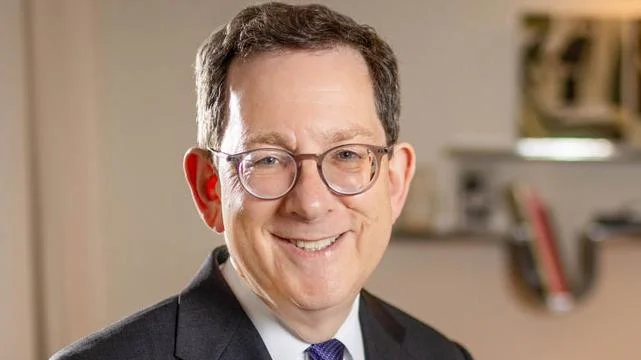The initial hospital treatment for firearm injuries in the United States cost the health care system an estimated $7.7 billion between 2016 and 2021, according to a new study led by Northwestern Medicine and the University of Michigan. The study found that urban trauma centers serving large numbers of Medicaid patients bore the largest share of these costs.
Researchers analyzed emergency department and inpatient visits for firearm injuries from 2016 to 2021. They reported that annual costs remained steady at about $1.2 billion through 2019 but increased to $1.6 billion in 2021, representing a 33% rise that coincided with an increase in firearm injuries during the COVID-19 pandemic.
More than half of all firearm injury-related hospital costs were billed to Medicaid. However, Medicaid reimbursement often does not cover the full cost of treatment, leaving safety-net hospitals—those serving vulnerable and lower-income populations—to absorb significant financial losses. The authors expressed concern that recent Medicaid funding cuts adopted by Congress could further strain these hospitals.
“Gun injuries are a source of financial strain on hospitals, particularly large safety-net trauma center hospitals that often operate on thin margins,” said Alexander Lundberg, assistant professor of emergency medicine at Northwestern University Feinberg School of Medicine.
“Because in many states Medicaid reimbursement is typically below the true cost of care, trauma center hospitals are already absorbing significant losses,” added Dr. Anne Stey, assistant professor of surgery at Northwestern University Feinberg School of Medicine and a Northwestern Medicine trauma surgeon.
“Medicaid funding cuts could further financially destabilize trauma centers. Some could close, or stop being trauma centers that provide the high-level and life-saving trauma care that all American families need after car accidents, falls and bike accidents,” Stey said.
“In addition to the overall price tag of hospital care for firearm injury, we found that $684 million of those costs were for patients younger than 18 years old, and these costs grew by over 50% from 2019 to 2021,” said Regina Royan, assistant professor of emergency medicine and neurology at the University of Michigan.
The study showed that most costs were associated with treating Black patients, men, and individuals from low-income areas.
To conduct their analysis, researchers used hospital records from Arkansas, Florida, Maryland, Massachusetts, New York, and Wisconsin—states selected for their comprehensive data collection on both inpatient stays and emergency visits. Every hospital visit for a new firearm injury in these states from 2016 to 2021 was included in the analysis; national estimates were then generated based on these patterns. The data was also broken down by patient demographics, hospital size, and insurance coverage.
Key findings include:
- U.S. hospitals spent $7.7 billion on initial treatment for firearm injuries between 2016 and 2021.
- Annual costs remained stable from 2016 to 2019 before rising sharply in 2021.
- Costs related to pediatric patients increased by more than half from 2019 to 2021.
- Medicaid covered about 52% of all hospital expenses related to gun injuries; private insurance accounted for about one-fifth; self-pay or uninsured patients made up another significant portion; Medicare covered a smaller share.
The researchers noted their estimate likely understates the total economic impact because it only includes initial hospital stays or emergency visits—not subsequent healthcare needs such as rehabilitation or follow-up care—or indirect costs like lost wages or long-term disability.
Lundberg and his colleagues argue their findings underscore the importance of strengthening financial support for trauma centers in communities heavily affected by gun violence. They also advocate for greater investment in injury-prevention programs and education about safe storage practices for firearms to help prevent unauthorized access.

